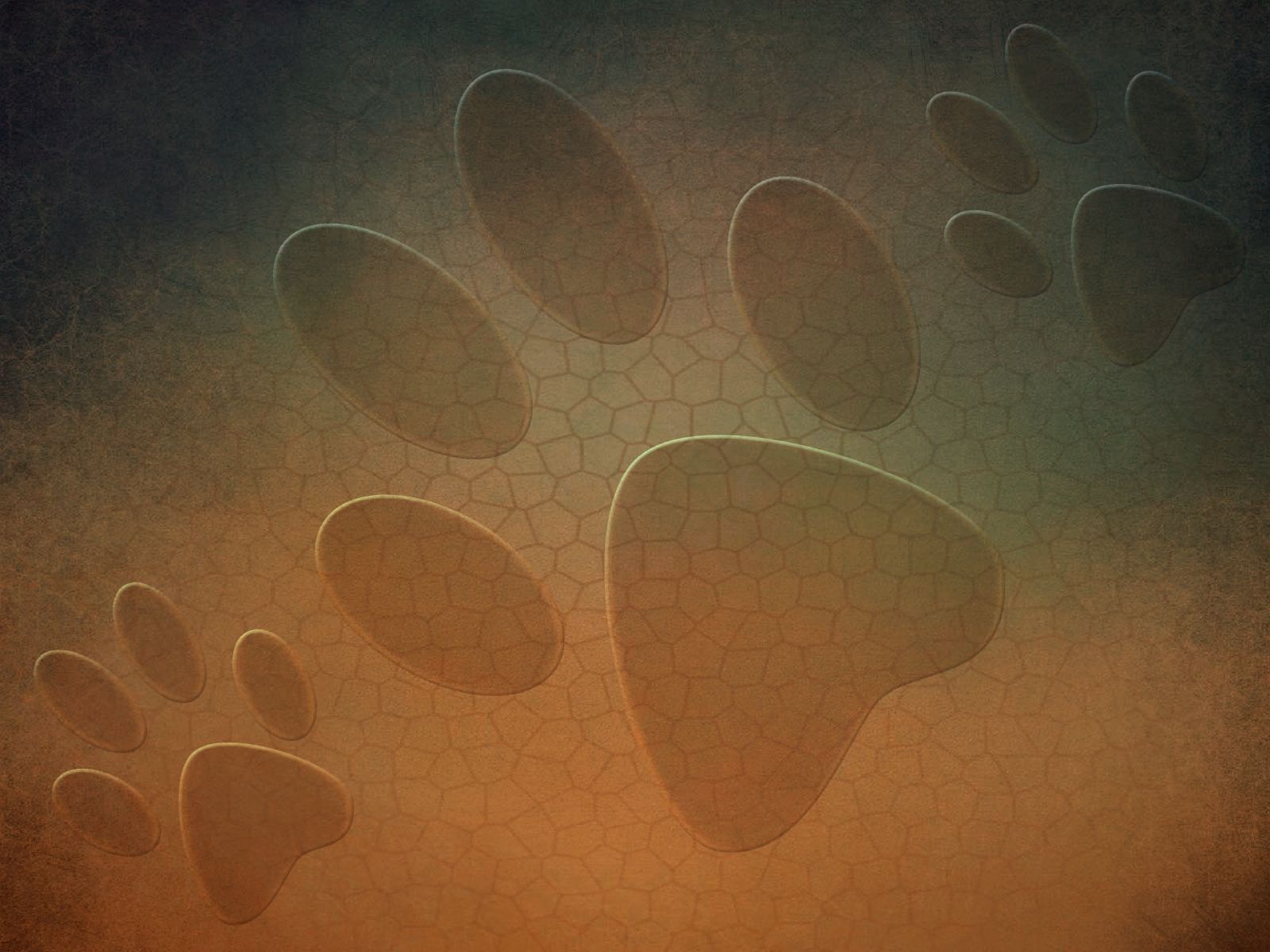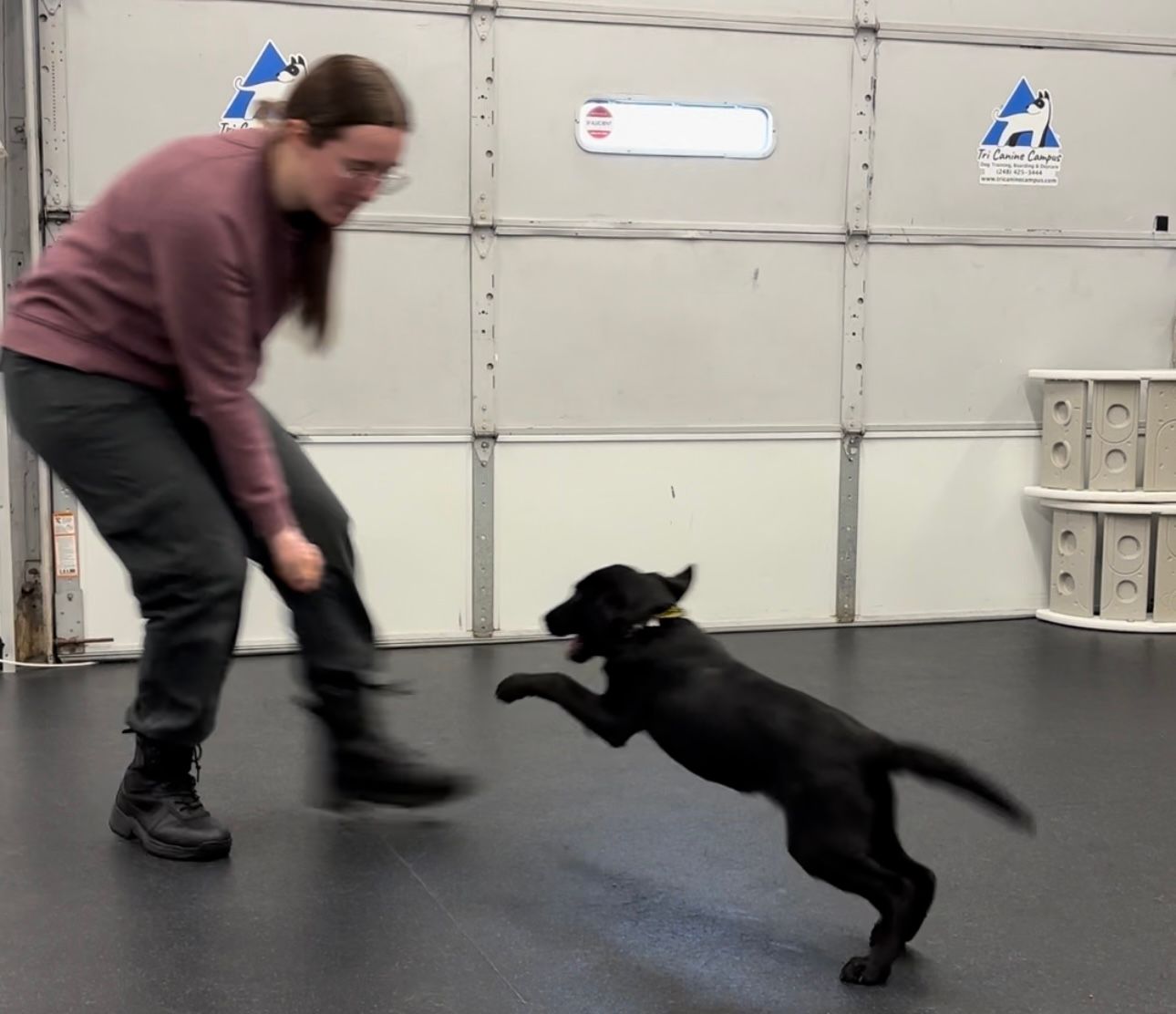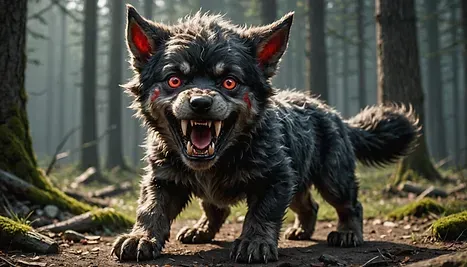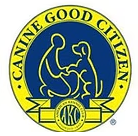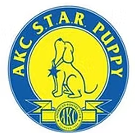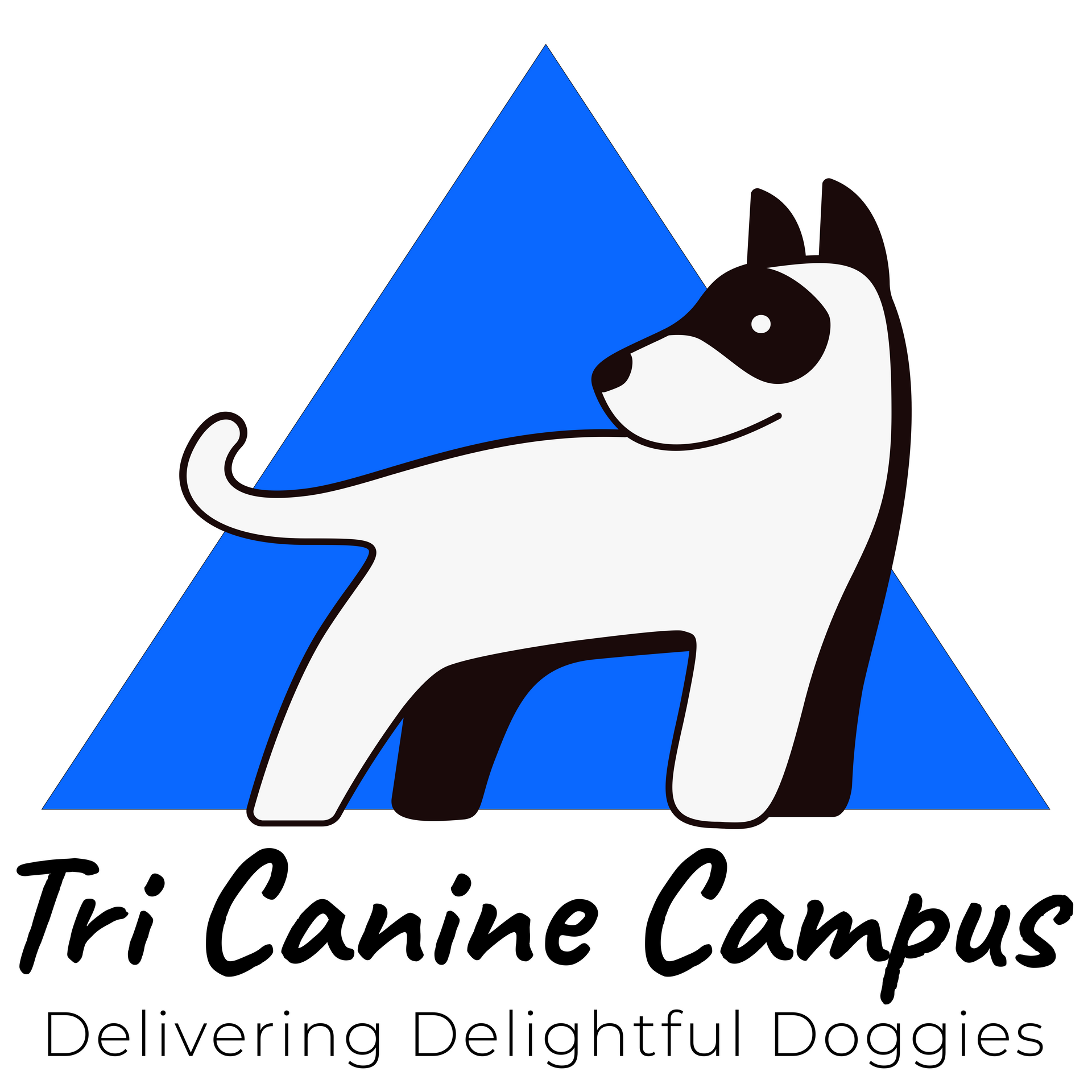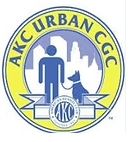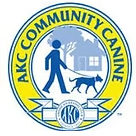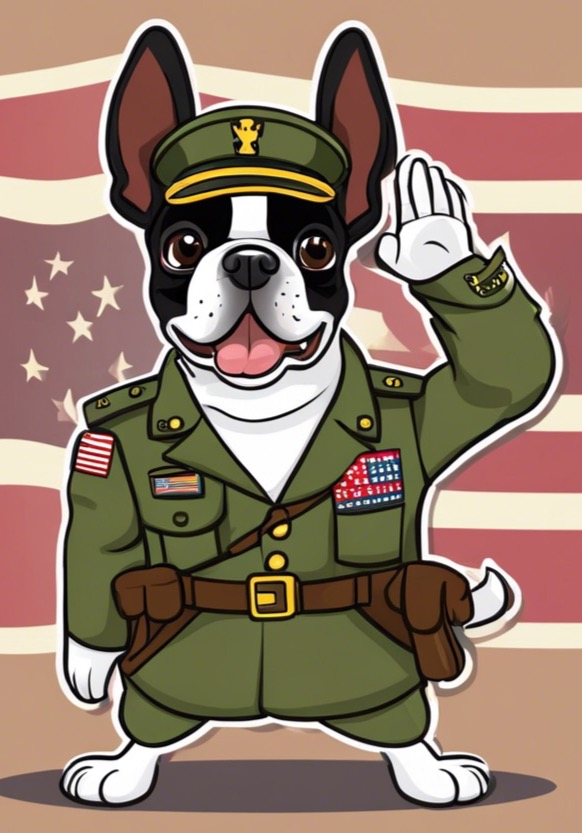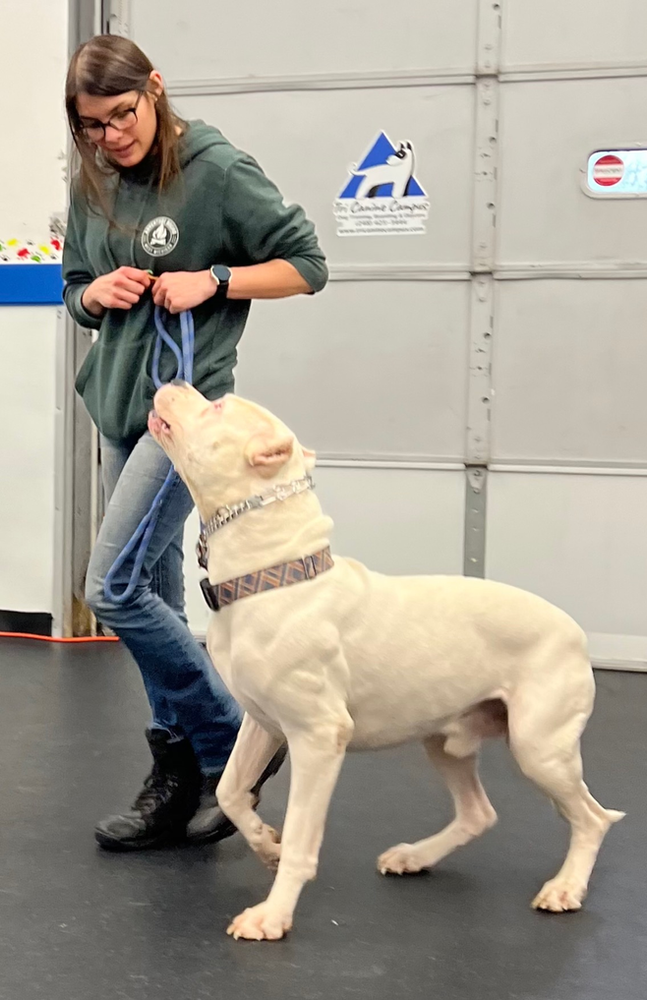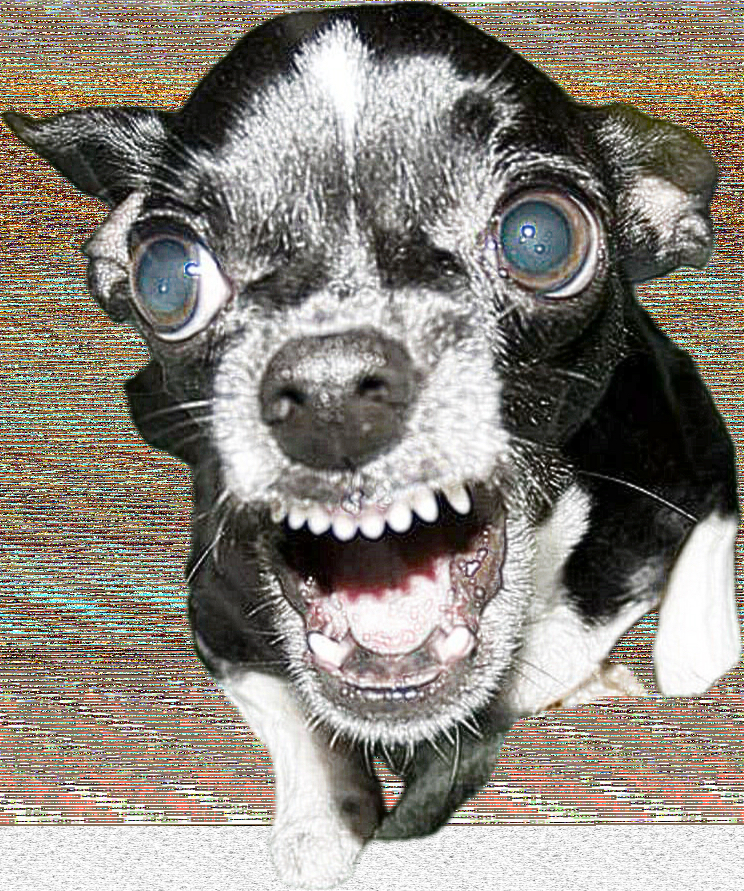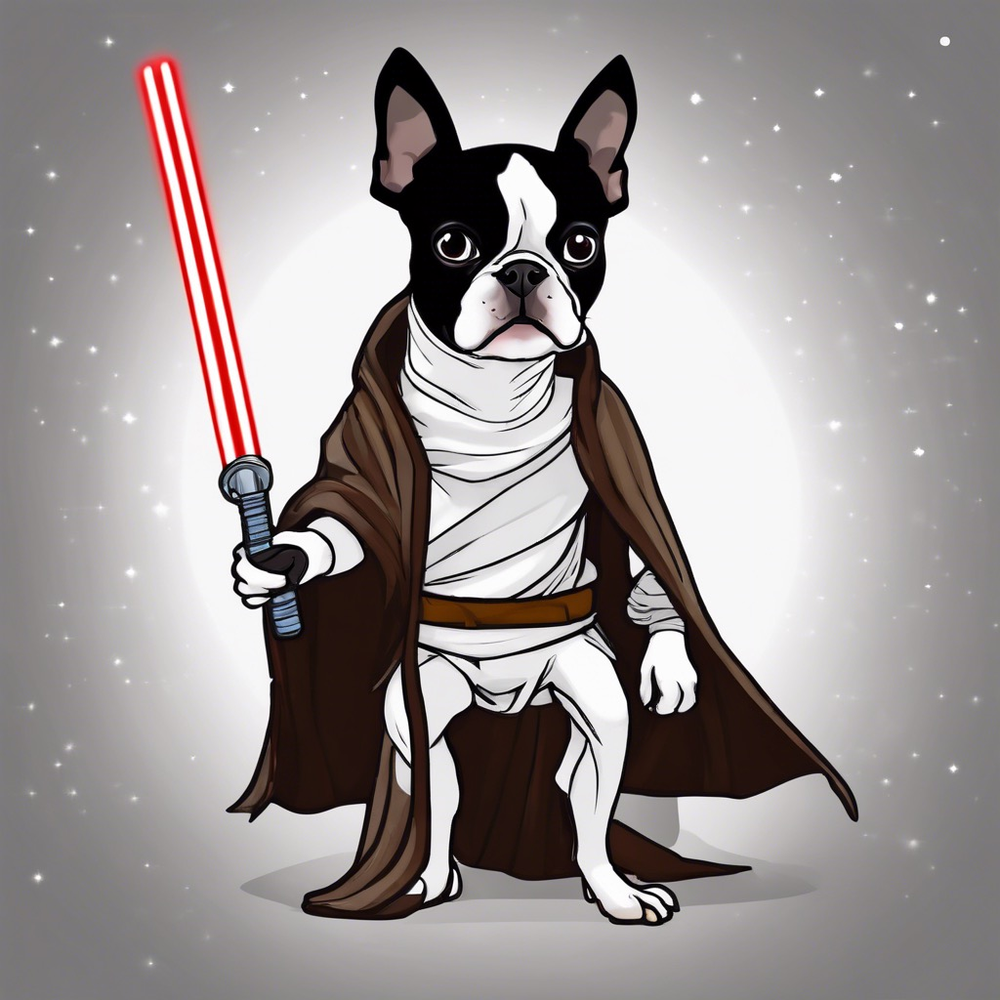Rewarding
You Can’t Train a Dog Without Mastering the Art of Rewarding
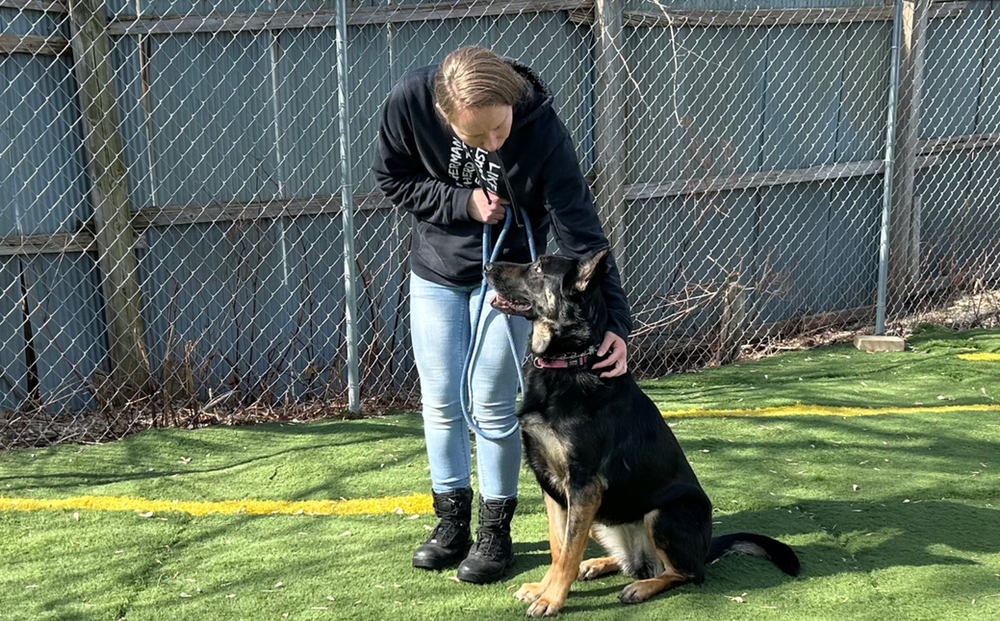
Without rewards, there is no training of a happy dog, it is pure and simple. Even the most difficult of dogs, when rewarded with the right “treat” at the right time for the right behavior can be made happier.
One must first understand that although all dogs have similarities, sometimes hugely similar, they are in fact distinct from one another, even within breeds or even litters. Knowing this will greatly influence how you reward your dog, especially the more difficult pups.
Everyone wants to have a happy dog, a well-mannered dog, a dog you can take with you anywhere you go and be proud. How can we define a Happy Dog? Let’s be a bit more specific, how can we define a happy dog in a good home? Simply put, a happy dog is one that is living as close as possible to a stress free life. Some stress is a good thing and is required as stress defines boundaries. Knowing those boundaries, believe it or not, helps relieve the dog from what might be more stressful situations. Properly trained, stress will also elevate the value of the reward given for enduring the stress.
To clarify, not every dog is going to be happy in some of the situations that we would like them to be! Just like humans, some dogs don’t want to be in the midst of a crowded bus station while others might thrive on the attention they would get. Some dogs are going to detest going into a lake for a swim while others will be Swan diving into those beckoning waves. “Happy” is determined by the character of the dog, not by us humans.
One might equate stress in the real world of a dog to the boy who wants so badly that Lamborghini looking mountain bike with full suspension, disc brakes and clip pedals but to get it he must get good grades. The report card comes home with mostly A’s and nothing lower than a B, the bike is his. The bike, the reward, is his motivation to achieve better grades. Where is the stress? The boy knows he won’t get the bike if he is outside playing with his friends rather than at the kitchen table studying. He knows that when there is an issue with a topic, rather than just ignoring it, he will have to ask for help. With a pup it is no different. The pup wants that tasty treat presented to him at the tip of his nose so badly. He could be pawing at the hand, jumping on the owner, turning circles in expectation or even nipping to get his way. That bit of heaven doesn’t make it to his mouth till that butt hits the ground though and is absolutely frustrating till the pup, through repetition, figures out it needs to work (Sit) for that treat. Work IS stress.
In layman terms, the reward is worth so much more when you have to invest for it.
Both scenarios could be presented in as many ways as there are people or dogs on earth. These two examples were held at a simplistic level to illustrate how a reward can motivate a boy or a dog and how stress is needed to ‘learn’.
There are three primary types of rewards that we can offer our dogs. Treats, Love and Play. There are other motivators but for training purposes, we will stick to the three above mentioned. For most dogs, playing is the highest reward that you can give. Love is a reward that all dogs will appreciate and treats, though appreciated by most dogs, are the least value but very important in every aspect of training.
Dogs learn most efficiently when using a so called “Binary language” which consists of “Yes and No”. Take either the “Yes” or the “No” out of the training and a dog will have a VERY difficult time understanding what is being asked of it. The YES portion of the training is very well defined and understood by most if not all trainers, the Treats, Love and Play aspect. The NO aspect of training with dogs has been and still is up for debate. One thing is clear, if the “NO” portion of the training is ambiguous for the dog, it will take much longer to comprehend what is being taught, if it makes a connection at all. “Much Longer”, for the average dog owner, at the very least, means substantially more money. Worst case, more money and zero results. We will cover the “NO” portion of the training in a different blog.
Treats… there are different levels of treats. Low value, medium value and High value. For every dog, these three categories will have different definitions, in particular the High value treat. For the average dog though, the Low value treat would be the kibble they get every day as a meal or milk bones. The medium value treats would be the soft chews and dog jerkies offered at almost all pet stores. The high value treat, basically stated, is human food. Hot dogs, string cheese, lunch meats and the like.
When training a pup any new command, it is almost inevitable that the high value treat will be required. The same goes for keeping your pup’s attention when confronted with higher levels of distraction. As stated earlier, the problem(s) begin when you have a pup that is out of the norm, a dog that is not so food motivated or highly energetic. There might be a treat that will motivate said dog but it will possibly take a while to identify that treat which gets his attention. Dogs that are not treat motivated will take more time to train as most commands require a dog to assume a position or preform and act. To assume a position, a pup is “lured” into that position then rewarded with a treat. If a pup is uninterested in the treat, it will not be lured with (will not follow) the treat. In these cases, the “traditional method” of training will be required. One places the dog into the desired position then rewards with Love.
Love is among the most effective ways to reward your pup for proper behavior (and hence a huge part of the “Traditional” method of training). It is also the reward that every dog will accept, even those dogs that are deemed by most to be “too aggressive” (there are VERY few exceptions). As with any reward (or correction), the reward needs to be presented with impeccable timing. Too early or too late and the pup will not associate the reward properly with the behavior you are expecting.
It is almost without exception, everyone not trained in the art of working with dogs disregards rewarding for all the desired good behaviors, the most basic reward - using the ability to love on your pup! Sounds easy doesn’t it, “loving on your pup”? Not so quick. Unless the pup you are working with is your own, most dogs will not appreciate you patting them on the head or scratching them behind the ear (It seems this is the common method of ‘loving’ on your pup when training). Well then, what is the proper method? When beginning with training, for every pup… slow, long, firm strokes along the dogs back and sides is the correct way to tell your pup they just did something correctly. The firm touch relays the message of strength from you. The slow administration of the stroke calms your pup. Three or four ‘pets’ is plenty to convey the ‘yes’.
Playing with your pup is the most valuable reward you can give your pup. Dogs are social animals and the more you interact with them, the closer the bond you will have. The trick to using play as a reward needs to be learned from a professional. It can be written and again shown in a video clip but nothing can replace the in person instruction from someone that can correct you for improper timing or even when not to reward your pup. As stated earlier, it is all about using the right toy in the right way for your dog combined with perfect timing.
One of the worst things a trainer / owner can do is reward (or correct) a dog at the wrong time for the wrong behavior.
Here are a few examples of when not to reward your pup;
-
Freely given rewards where it is has not been worked for
-
For barking out the window
-
Growling at a stranger
-
When giving the reward simultaneously with a marker word
-
Too early in the execution of a command or behavior, respectively
-
Too late in the execution of a command or behavior
-
Giving a reward for a proper behavior that was directly followed by a bad one
-
For the dominant dog, whenever he snuggles up to you expecting love
-
For the fearful dog, whenever it jumps into your lap when its scared.
-
When a dog is jumping on you
A very important point to remember… NEVER forget to reward your dog for those behaviors that you want to promote! EVERY SINGLE TIME! We are all very quick at correcting the bad behavior, we need to be just as quick (AND WITH JOY) to reward our pups for doing what we ask of them.
When you have mastered the ability to reward your dog effectively, you will find that a sparkling new door has been opened to you in the world of dog training. One that is rewarding for you because you will see immediate positive results from your furry friends!
A word of advice; do not train on those days when you are grumpy or distressed! With certainty, your voice will be ‘off’, your timing will be off, your expectations from your dog will be off. You CAN and WILL do more harm than good.
